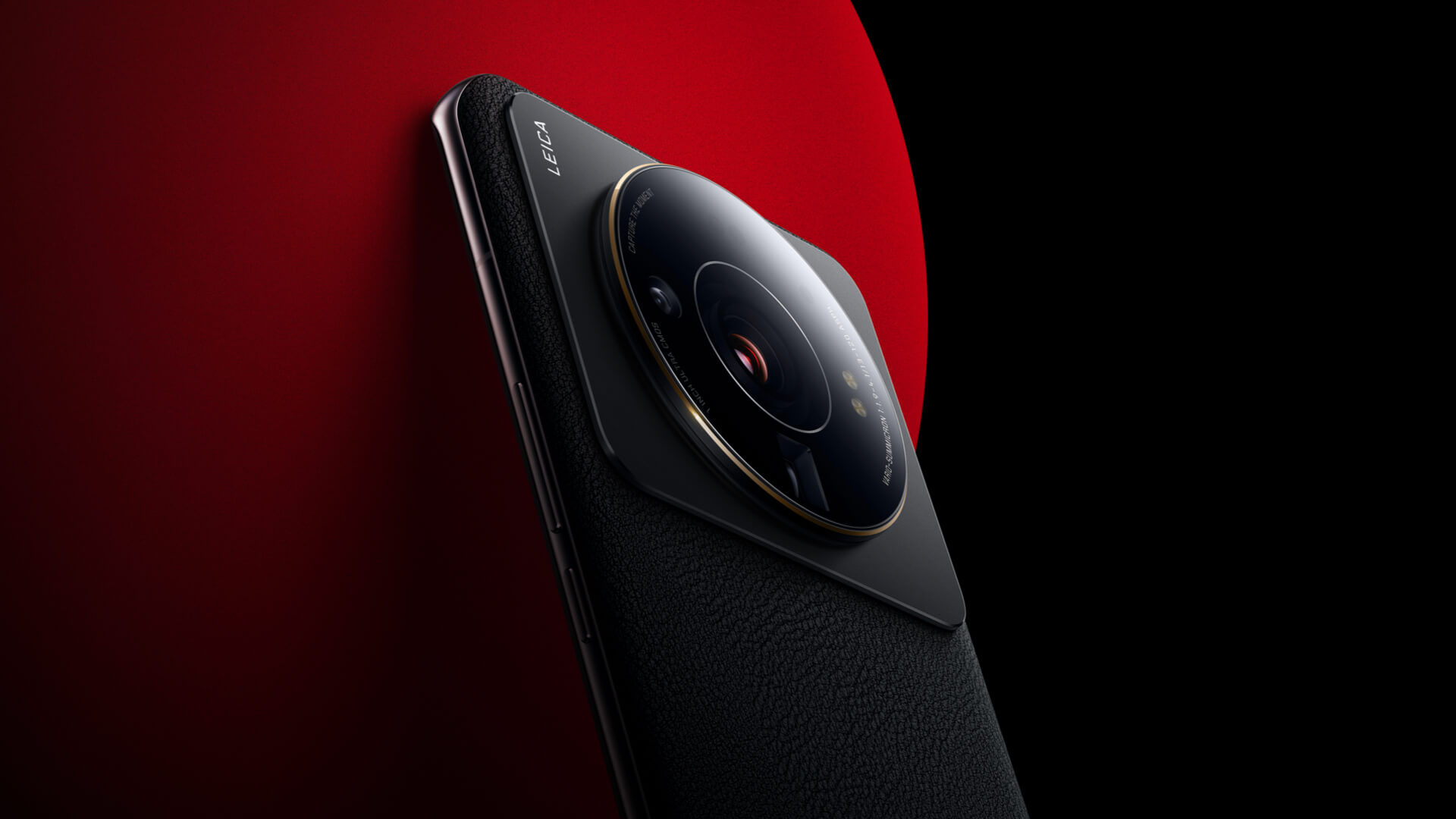Xiaomi has officially unveiled the new Xiaomi 12 Series “co-engineered with Leica,” which consists of the first company’s smartphones with enormous imaging sensors.
Back in May 2022, Xiaomi, one of the world’s leading smartphone companies, and Leica Camera AG publicly announced their strategic partnership in the mobile imaging segment. The Xiaomi 12S Ultra is the first culmination of this strategic partnership in imaging technology between the two companies. It aims to empower individual creators to express their creativity with brilliant pictures.
Xiaomi and Leica have co-developed sophisticated optical lenses combining their experiences and capabilities. As the two leading tech companies explain, the Xiaomi 12S Ultra utilizes Leica’s world-class visual design capabilities in its lens system while adhering to their stringent visual quality testing standards and implementing Xiaomi’s expertise in miniaturizing components to ensure ultra-high-resolution, ultra-high light sensitivity, reduced dispersion, and lower flare.
The Xiaomi 12S Ultra has features that offer a clearer overall picture that is consistent across the lens. For instance, its primary camera adopts an 8P aspheric lens to address common photography issues such as flare, ghosting, and chromatic aberration. Moreover, the camera module of Xiaomi 12S Ultra adds anti-glare lens coating, lens edge ink coating, cyclic olefin copolymer material, and infrared light filter with spin coating technology.


Two different image profiles
A particular highlight of the flagship model, and entirely new to the smartphone segment, is the choice of two different image profiles in the camera module. Consumers can select the options’ Leica Authentic Look’ and ‘Leica Vibrant Look.’ The first one pursues natural imagery for which Leica is known. By retaining light and shadow contrast, it adds a sense of three-dimensional depth to photos, with the characteristic excellence of Leica’s time-proven light and shadow aesthetics. On the other hand, the “Leica Vibrant Look” features input by both Xiaomi and Leica. Combining Xiaomi’s experience in smartphone photography with Leica’s leading aesthetic, photographers can strive to capture the moment’s emotion, symbolizing Leica’s exploration of the smartphone photography space.
“For almost a decade now, we have been successfully incorporating our know-how into camera systems in the smartphone segment, thereby repeatedly demonstrating our expertise and activities in future-oriented technology fields such as image processing, image quality tuning, and computational imaging. Today, we and Xiaomi have come together to present the beginning of a new era in the world of smartphone photography. In particular, the jointly developed flagship model, the Xiaomi 12S Ultra, illustrates the innovative power of both companies and will delight our customers with a camera module that offers them exceptional imaging quality, the classic Leica image look, and unlimited creative freedom”, explains Matthias Harsch, CEO of Leica Camera AG.


Brilliant pictures
Xiaomi 12S Ultra is equipped with Sony’s IMX989 1″ sensor and a Vario-Summicron 13–120 mm f/1.9–4.1 ASPH. Lens with a zoom range of 13 mm to 120 mm.
The flagship model delivers brilliant pictures in JPG, DNG, and HEIF formats that impress with the highest quality and true-to-life detail, especially in large-format prints.
The Xiaomi 12S Ultra is the first Android device to support Dolby Vision HDR video recording and playback. Dolby Vision enhances your videos with vivid colors, a sharper contrast ratio, and richer details, providing you with vibrant and refined image quality.
The flagship model is also the first smartphone equipped with two proprietary Xiaomi Surge chips, Xiaomi Surge P1 fast-charging chipset and Xiaomi Surge G1 battery management chipset, offering great improvements in battery management and overall user experience.



